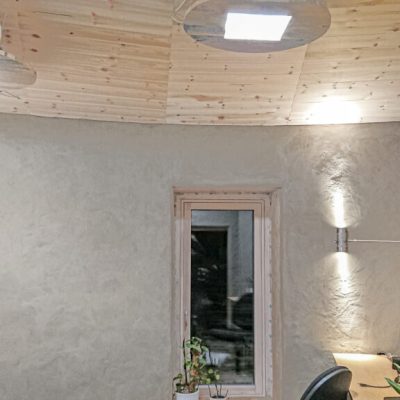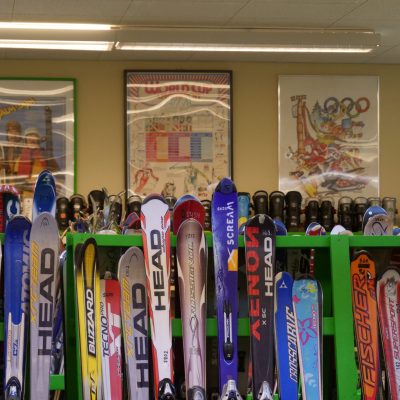Mifactori
Web :
https://mifactori.de/
Contact :
hello@mifactori.de
Localisation : Germany
Date of meeting : 10 May 2023
Maturity of the projet : Mature
- Eco-design
- Recycling
- Open source

A design studio
Mifactori is a studio for open circular design based in Berlin. For more than 10 years they have been rethinking design in every possible way: what kind of materials, assembled in what way, for what purpose, produced where ?
We had the chance to meet Lars Zimmermann, artist, designer and founder of Mifactori.
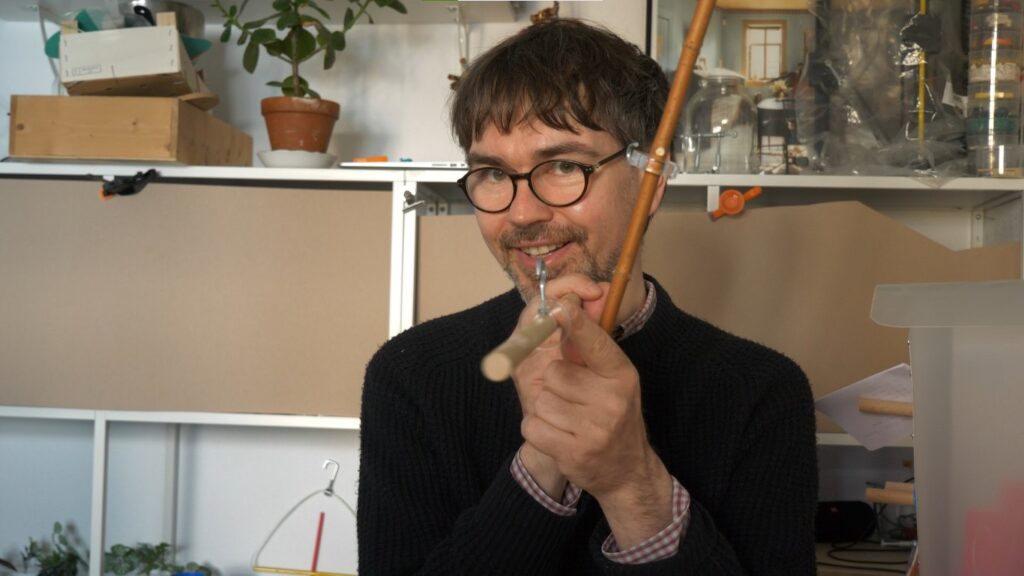
What is circular design ?
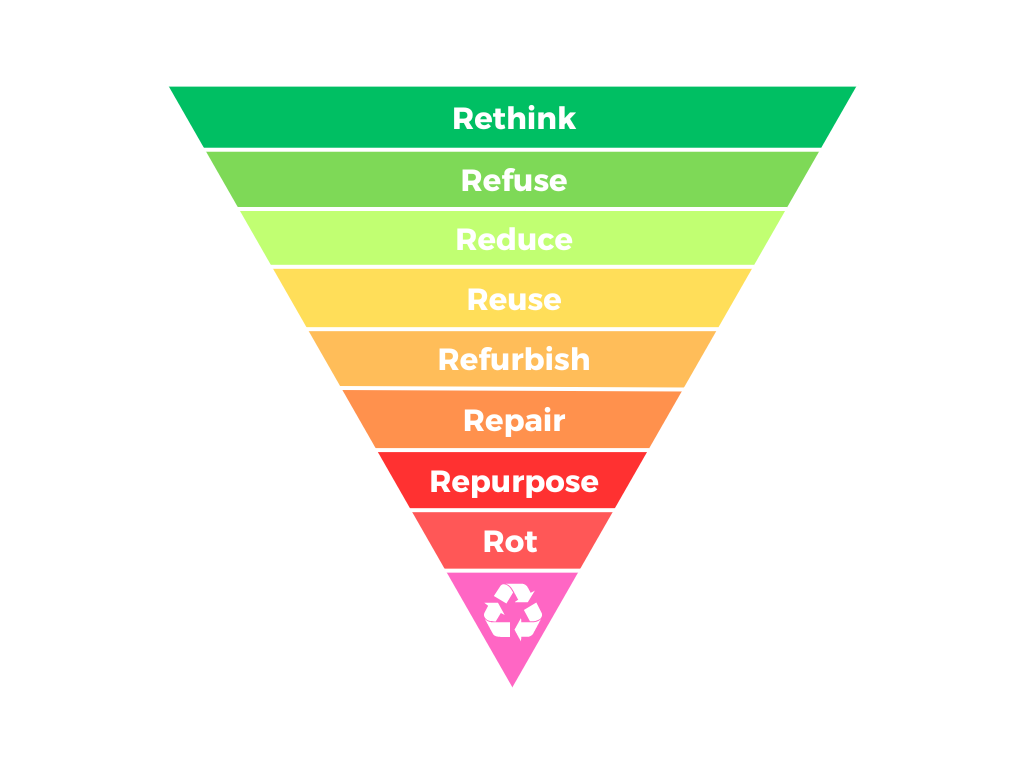
Linear design is about extracting resources, turning them into products, using them and then throwing them away, so new resources have to be found to produce them again.
In contrast, circular design implements loops based on circular principles such as the 9 R’s : rethink, refuse, reduce, reuse, refurbish, repair, repurpose, rot and recycle. So circular design is about trying to design around these loops : design something that is easy to repair, easy to repurpose, easy to recycle nearby…
What is open design ?
The idea of open design was born and became popular in the 2000s when the internet really hit the mainstream. Suddenly anyone could create something and share it with the world. Something that in the old world only big companies could do. Many people thought it was possible to apply this to the world of physical objects. Open design is about supporting global making and remaking through easy-to-make, well-documented designs and open licences.
Based on this idea, open design is design made in such a way that any designer or non-designer can participate in making and designing new objects : they have to be easy to make, easy to understand and inclusive.
“If everyone can understand how to reuse something then more people will reuse it, if more people understand how an object is made, more people can repair it.”
Trikka : a platform for open circular design
Today’s products are mostly made up of parts that are disposable and custom-made, meaning they can only be used in one particular product. So if one part breaks, the whole product is lost and it’s very difficult to reuse or repair.
So why not design products using standard parts that are very easy to make and are also reusable, meaning the same part can work in many different products ? Inspired by Lego and Meccano, the Trikka system was created and all parts in this system are based on the same grid : evenly spaced holes in the parts so they always fit together. The Trikka platform now has 40 products and a catalogue of 120 parts, each of which belongs to at least two different products.
Source image : Mifactori
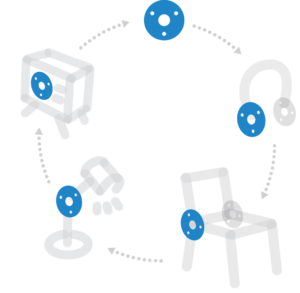
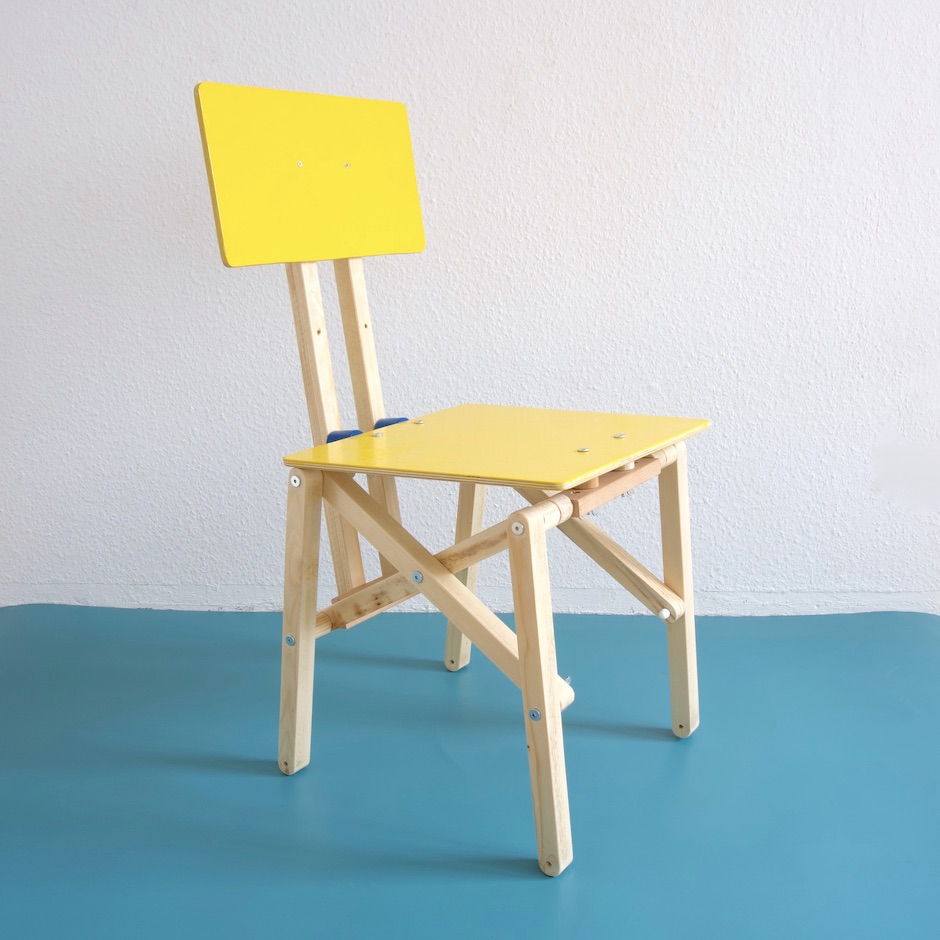
So if you have a chair from the Trikka system and a part of it is part of three other products, when the chair doesn’t suit you anymore, you can reuse it in another product which greatly extends the life of each part.
What’s more, any designer can come to the platform and find the documentation for a part they like, make it and use it in one of their own designs, and they can also a add new parts to the catalogue : this is open design. With this concept, the catalogue also grows over time and you can have a part that is part of two products one year and two years later, the same part is part of six different products !
Source image : Mifactori
What are the side-benefits of such a concept ?
There are many very interesting aspects to this Trikka system, both circular and open source. The first one, as Lars explained to us, is that this system could work without centralised manufacturing and boost local makers. For example, if you see a chair you like on the Trikka platform, but you can’t buy it because there’s no manufacturer near you, you’re invited to find your local carpenter, call them and they can go to the website and find perfect documentation of all the parts to make the chair. In this way it could also stimulate local crafters to create more with modularity and stimulate a real loop locally.
Another aspect they have with the Trikka system is tolerance : they try to come up with parts that can be made from different materials and sizes and still work together. This really encourages the use of local resources, the reuse of leftover materials that don’t necessarily have the right shape and form, but can still fit. Less precision in materials and sizes also allows for simpler hand tools, making it more affordable.
Finally, one of the most important side effects, in our opinion, is that it stimulates creativity. As customers, we’re not used to being asked to redesign or rethink products in order to create others. Seeing products not as one piece, but as a multitude of parts that can be taken apart and reused in different ways, allows the user or designer to create and imagine more.

